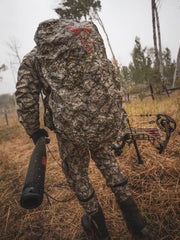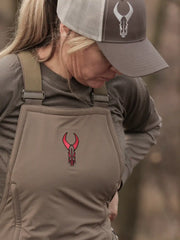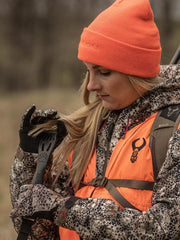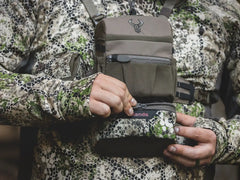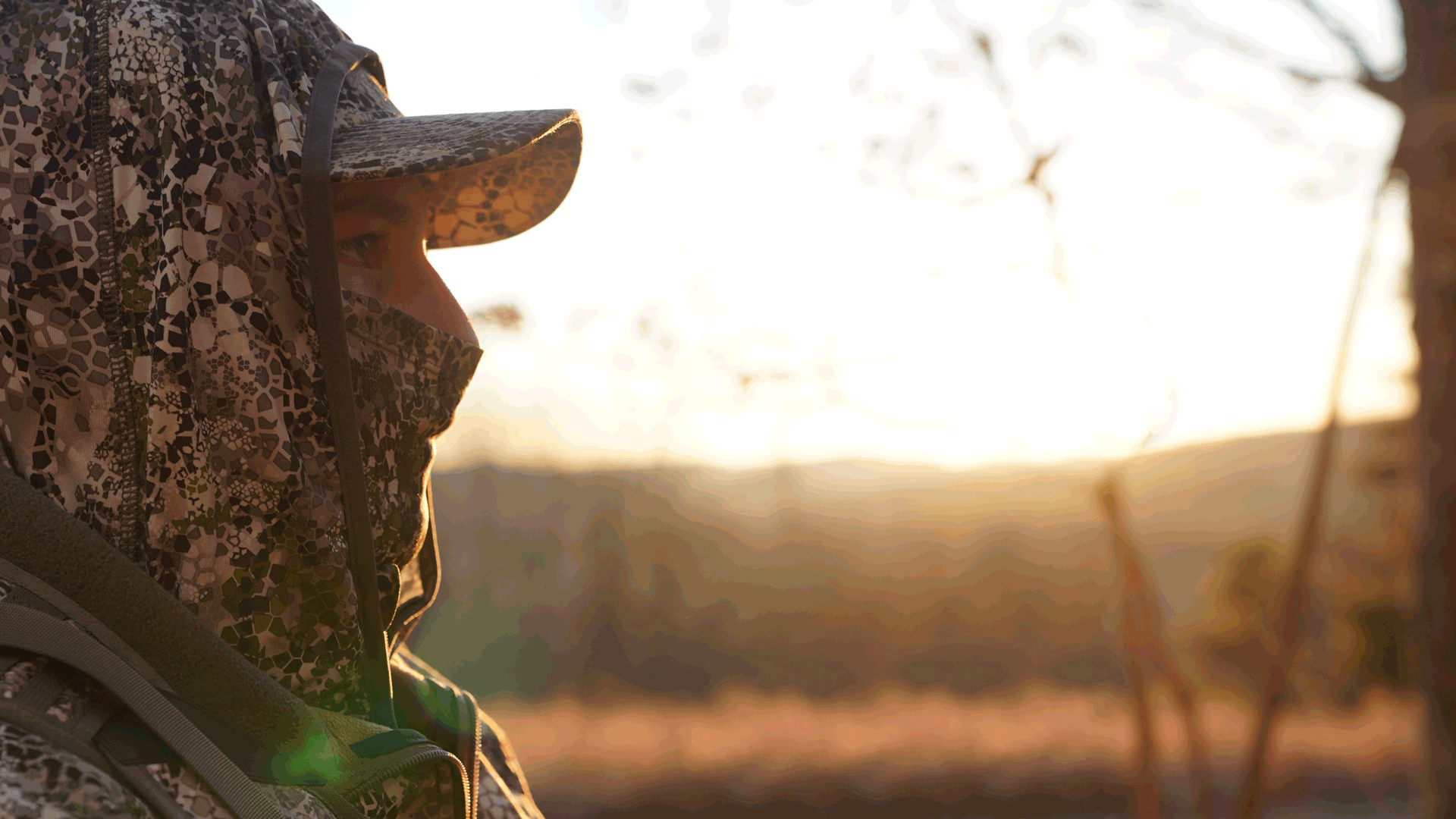For many, the word coyote conjures up memories of an inept fool with an empty stomach and an ACME catalog in the southwestern desert. (Meep! Meep!)
But in reality, the coyote is a sly predator that can wreak havoc on everything from chickens to calves to the deer and elk populations, if left unchecked. This threat prompted one of our hunting buddies to declare “It doesn’t matter what you are hunting, if you see a coyote… you’re coyote hunting.”
Aside from performing a public service for ranchers, predator hunting is also a great way to sharpen those hunting skills and have fun doing so. Here’s the skinny on hunting the song dog.
Time
When to hunt, both on the calendar and the clock, is pretty key to a successful coyote hunt. State game regs may dictate when you can or cannot take a coyote, but for those with more options, you will want to change up tactics and calls, depending on the time of year.
For example, we’re coming to the end of the breeding season (late December to early March), so ‘yotes who had denned up together and stuck to a fairly close radius will soon be breaking the den and moving along.
While in season, male coyotes do what most males do in breeding seasons. Get really dumb. They’ll come hustling to even the most simple of calls. Now that the den is on the move, it will take a really mouth-watering opportunity (or at least the sound of one) to draw them out.
You’ll also either want to be an early riser or push back your supper plans. Most coyotes hold pretty tight to cover during the day. But at sunrise or sunset, you’ll see more movement. That’s not to say it’s impossible to spot and drop a ‘yote during the midday hours, it’s just a lot less successful of a time.
Location
Coyotes are of the canine family, so every trait we love in our hunting dogs are now working against us. Coyotes have excellent hearing and smell (but are terrible chefs). When you’re setting up, stay low, don’t skyline yourself and use as much shade or brush as possible for cover.
If you know where the den is, don’t set up too close. Give it some distance and call them to you. If you don’t, no biggie. Just default to the time-tested strategy — find the food.
In the case of the song dog, it means vulnerable critters. If the neighbor’s cattle are calving, set up near the fence line and the coyotes will come to you. Another good rule of thumb: look for rabbits. Where the rabbits are thick, the coyotes will be lurking.
Finally, you can always cruise the dirt or logging roads. Coyotes like convenience as much as the next predator, so keep an eye out for tracks. Note the direction and use that as a guide to get started.
Setup
First, unless hunting a farm or ranch with a lot of human activity, you’ll need to hide your vehicle. It’s big, it stinks, and in your case, it’s a bright metallic purple to match your bass boat. Either way, it’s gonna be a big red flag to the coyote population that there’s a human around.
Now, look for the high ground. Obi-Wan understood the importance of this, and now Anakin does as well. You want to get high so you can see that sly ol’ coyote slinking in on your decoy. But again, stay low and concealed.
Finally, pay constant attention to the wind. The coyote nose is just as sensitive as your dog’s, and he always knows what you had for lunch… yesterday.
When calling, make sure the wind is always in your face. But keep in mind that predators also watch the wind and will often circle around to approach your decoy from downwind as well. This is why having a buddy along to watch your backside is a great idea. Heck, your security guy may end up with more coyotes than you do, so make sure he owes you for something.
Calls
The variety of calls out there is far too vast for us to cover it here. From handheld to remote, mouth call to electronic call… the options are many. Ask the local coyote hunters and they may give you some insight on what works best and when.
Otherwise, be patient. Fire off a call, then give it 15-20 minutes before the next. Coyotes are wary. They’ll take their time before coming in for the kill. They may respond immediately to the call, but take a half hour in doing so.
When in doubt, the rabbit distress call is a solid go-to. It’s the coyote version of the ice-cream truck music. When it’s heard, it draws an immediate desire to go running.
Finally, you’ll need good camo and a solid pack for all the gear you may need (calls, decoys, tripod, shooting sticks, blind material). You know where to go for that, right?
If not, here’s a hint: www.BadlandsGear.com.
Good luck and good calling. The Road Runner is counting on you!


